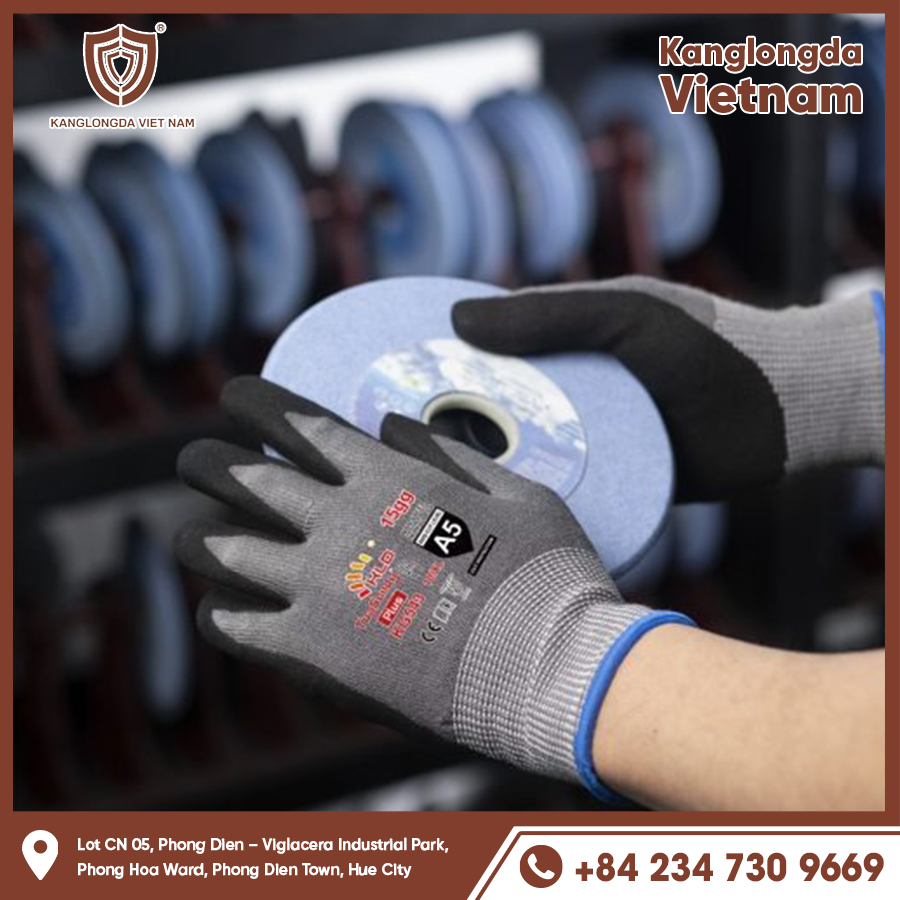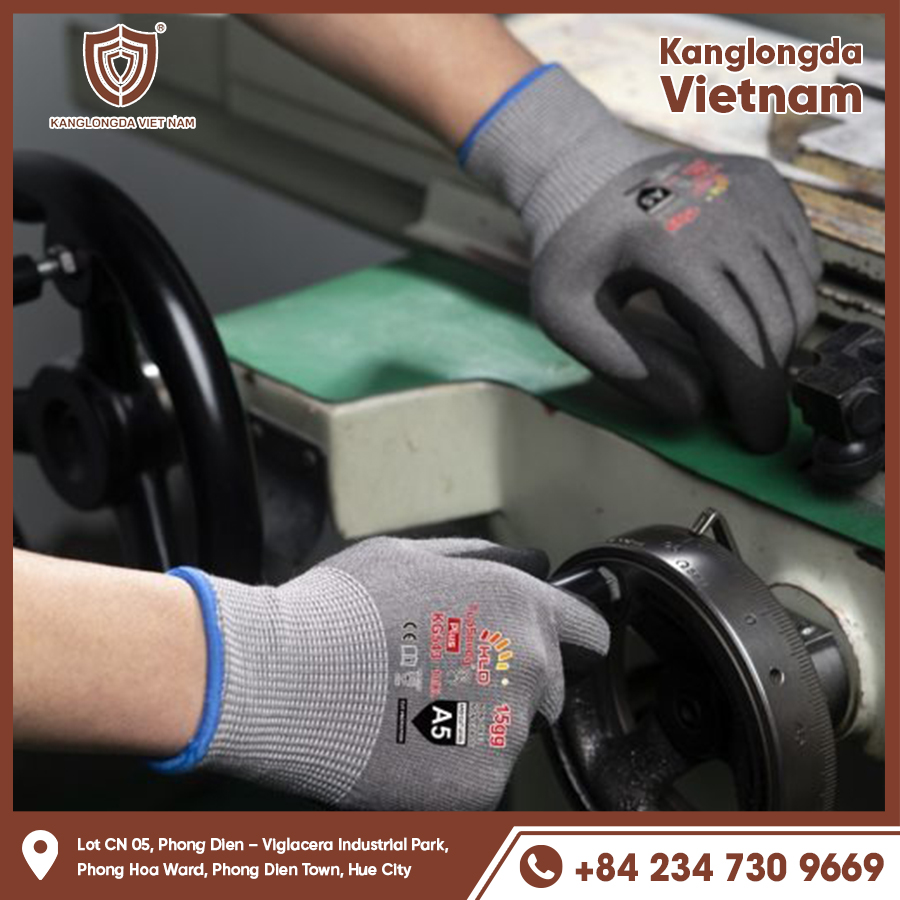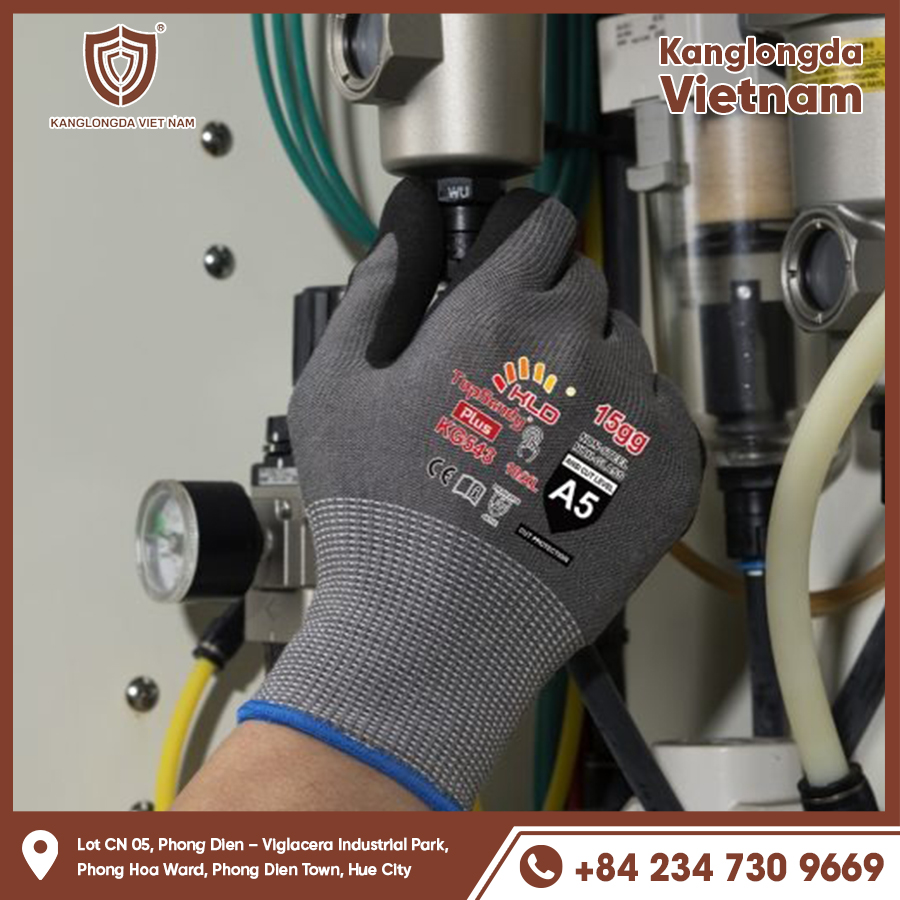Cut resistant gloves are indispensable in industries and workplaces where sharp objects and tools pose a risk of injury. Whether you work in construction, manufacturing, food processing, or any hands-on profession involving blades or glass, protecting your hands from cuts and lacerations is critical. These gloves provide a reliable barrier, combining innovative materials with ergonomic design to ensure both safety and comfort. This article explores everything you need to know about cut resistant gloves, including their types, materials, applications, and tips for choosing the perfect pair.

Understanding Cut Resistant Gloves
What Are Cut Resistant Gloves?
Cut resistant gloves are specialized protective gloves designed to prevent or reduce injuries caused by sharp edges, knives, glass shards, or other cutting hazards. They are manufactured using high-strength fibers and materials that resist penetration and slicing. Unlike regular gloves, cut resistant gloves are tested against standardized safety ratings to guarantee their performance in protecting workers’ hands from accidental cuts during daily tasks. These gloves vary in cut resistance levels, catering to different risk environments.
Importance of Cut Resistance in Hand Protection
Hands are one of the most vulnerable body parts during manual work. Injuries can cause significant downtime, medical expenses, and reduced productivity. Cut resistant gloves minimize these risks by providing a tough yet flexible shield. Wearing the right gloves improves worker confidence and allows them to focus on precision and efficiency without fear of injury. In industries where sharp objects are handled constantly, these gloves are not just recommended—they are often mandatory under workplace safety regulations.
Key Safety Standards and Ratings
Cut resistant gloves are tested and rated according to several standards to ensure their reliability. The most common rating systems include the ANSI/ISEA standard used in North America and the EN 388 standard prevalent in Europe. These ratings classify gloves by their ability to resist cuts, abrasions, punctures, and tears. For cut resistance specifically, levels range from low protection to ultra-high cut resistance, measured by the force required to cut through the glove material. Knowing these ratings helps users select gloves that meet the specific hazards of their work environment.
Materials Used in Cut Resistant Gloves
High-Performance Fibers
Modern cut resistant gloves often utilize advanced synthetic fibers such as Kevlar, Dyneema, or Spectra. These fibers are engineered for exceptional strength and durability, providing superior protection against sharp objects while remaining lightweight. Kevlar, originally developed for bulletproof vests, is known for its heat resistance and cut protection. Dyneema and Spectra are ultra-high-molecular-weight polyethylene fibers offering outstanding cut resistance combined with flexibility and comfort.
Steel and Glass Fiber Reinforcement
Some gloves incorporate stainless steel or glass fiber strands woven into the fabric to enhance cut resistance. These materials add a metal-like barrier that can deflect blades or shards, increasing the glove’s protective capabilities. Steel-reinforced gloves are particularly popular in industries where handling sharp metal components or glass is frequent. However, gloves with metal fibers are often heavier and may require special care to prevent rust or degradation.
Composite Materials and Coatings
Manufacturers often combine different fibers and coatings to optimize cut resistance and grip. Coatings such as nitrile, polyurethane, or latex enhance the glove’s grip on slippery surfaces while maintaining cut protection. Composite gloves blend fibers for cut resistance with materials that offer abrasion resistance, flexibility, and comfort. This hybrid design ensures that the gloves perform well in diverse working conditions and provide users with better tactile sensitivity.

Applications of Cut Resistant Gloves
Food Processing and Handling
In the food industry, workers regularly use knives and other sharp tools for slicing, dicing, and packaging. Cut resistant gloves help prevent hand injuries that can occur during these repetitive tasks. Additionally, hygiene is critical, so many gloves designed for food handling are also waterproof, washable, and comply with food safety standards. These gloves improve safety without compromising dexterity needed for precise cutting and preparation.
Construction and Manufacturing
Construction workers and manufacturing professionals encounter a variety of cutting hazards such as sharp metal edges, glass, and power tools. Cut resistant gloves in these industries protect against cuts while offering durability against abrasions and punctures. Gloves with reinforced palms and high cut resistance are favored for heavy-duty tasks, ensuring safety without sacrificing hand mobility essential for handling equipment and materials.
Glass Handling and Recycling
Handling glass requires extreme caution due to the fragility and sharpness of materials. Cut resistant gloves provide crucial protection during installation, repair, and recycling of glass products. Gloves specifically designed for this application are often reinforced with steel or glass fibers and offer excellent grip to prevent slipping. These gloves reduce injury risks and improve worker confidence in managing delicate yet hazardous materials.
How to Choose the Right Cut Resistant Gloves
Assessing Your Risk Level
Before purchasing gloves, it’s important to evaluate the specific hazards you face. Consider the sharpness of tools and materials you handle, the frequency of exposure, and whether you require additional protection against abrasion or punctures. For example, if your work involves light slicing tasks, gloves with moderate cut resistance may be sufficient. For heavy industrial work, gloves with the highest cut resistance rating and reinforced protection are necessary.
Prioritizing Comfort and Fit
Even the most protective gloves won’t be effective if they are uncomfortable or limit hand movement. Look for gloves that fit snugly without restricting flexibility or causing hand fatigue. Materials that wick away moisture and allow breathability increase comfort during long work shifts. Trying on gloves or consulting sizing charts can help ensure the perfect fit. Some gloves also feature ergonomic designs and stretch materials to improve comfort while maintaining safety.
Maintenance and Durability
Cut resistant gloves require proper care to maintain their protective properties. Consider gloves that are easy to clean and maintain, especially if you work in environments with dirt, oils, or chemicals. Inspect gloves regularly for signs of wear, damage, or thinning fabric, and replace them as needed to avoid compromising safety. Durable gloves with reinforced stitching and quality materials tend to last longer, offering better value over time.
Benefits of Wearing Cut Resistant Gloves
Enhanced Safety and Injury Prevention
The most obvious benefit of cut resistant gloves is the significant reduction in hand injuries. Wearing these gloves helps prevent lacerations that can lead to infections, scarring, or long-term damage. In workplaces where sharp tools are common, cut resistant gloves contribute to a safer environment by minimizing accident severity and protecting workers’ hands from unexpected hazards.
Improved Productivity and Confidence
Knowing that their hands are well protected enables workers to perform tasks more confidently and efficiently. Cut resistant gloves reduce hesitation and fear of injury, allowing employees to focus on precision and speed. This enhanced productivity benefits both workers and employers, as safer work environments typically lead to fewer downtime incidents and higher job satisfaction.
Versatility Across Industries
Cut resistant gloves are versatile tools that serve a wide range of industries, including food processing, automotive, construction, manufacturing, and more. Their adaptability makes them a practical investment for businesses with diverse safety requirements. As glove technology advances, new models continuously improve on comfort, cut resistance, and additional features like grip and waterproofing, further extending their applicability.
Caring for Your Cut Resistant Gloves
Proper Cleaning Techniques
Cleaning your gloves regularly helps extend their lifespan and maintain effectiveness. Follow manufacturer instructions, typically involving gentle hand washing or machine washing on a delicate cycle using mild detergent. Avoid harsh chemicals or bleach, which can degrade the protective fibers. Ensure gloves are thoroughly dried before use, as moisture can weaken materials and reduce cut resistance.
Storage Tips
Store gloves in a cool, dry place away from direct sunlight or heat sources to prevent damage to fibers and coatings. Avoid compressing or folding gloves in a way that could deform their shape. Keeping gloves in designated storage containers or hanging them properly helps preserve their structure and readiness for use.
When to Replace Your Gloves
Knowing when to replace your gloves is crucial for ongoing protection. Inspect gloves regularly for cuts, tears, thinning, or loss of flexibility. If gloves show visible damage or decreased performance, replace them immediately. Using compromised gloves increases the risk of injury and defeats the purpose of wearing cut resistant protection.

Cut resistant gloves are vital protective equipment for anyone working with sharp objects or in hazardous environments. By choosing the right materials, fit, and features, workers can safeguard their hands without sacrificing comfort or dexterity. Understanding the types, applications, and maintenance of these gloves ensures they provide the best possible protection. Investing in quality gloves is an investment in safety, productivity, and peace of mind for professionals across multiple industries.
Thời Gian Đăng: 30/05/2025






